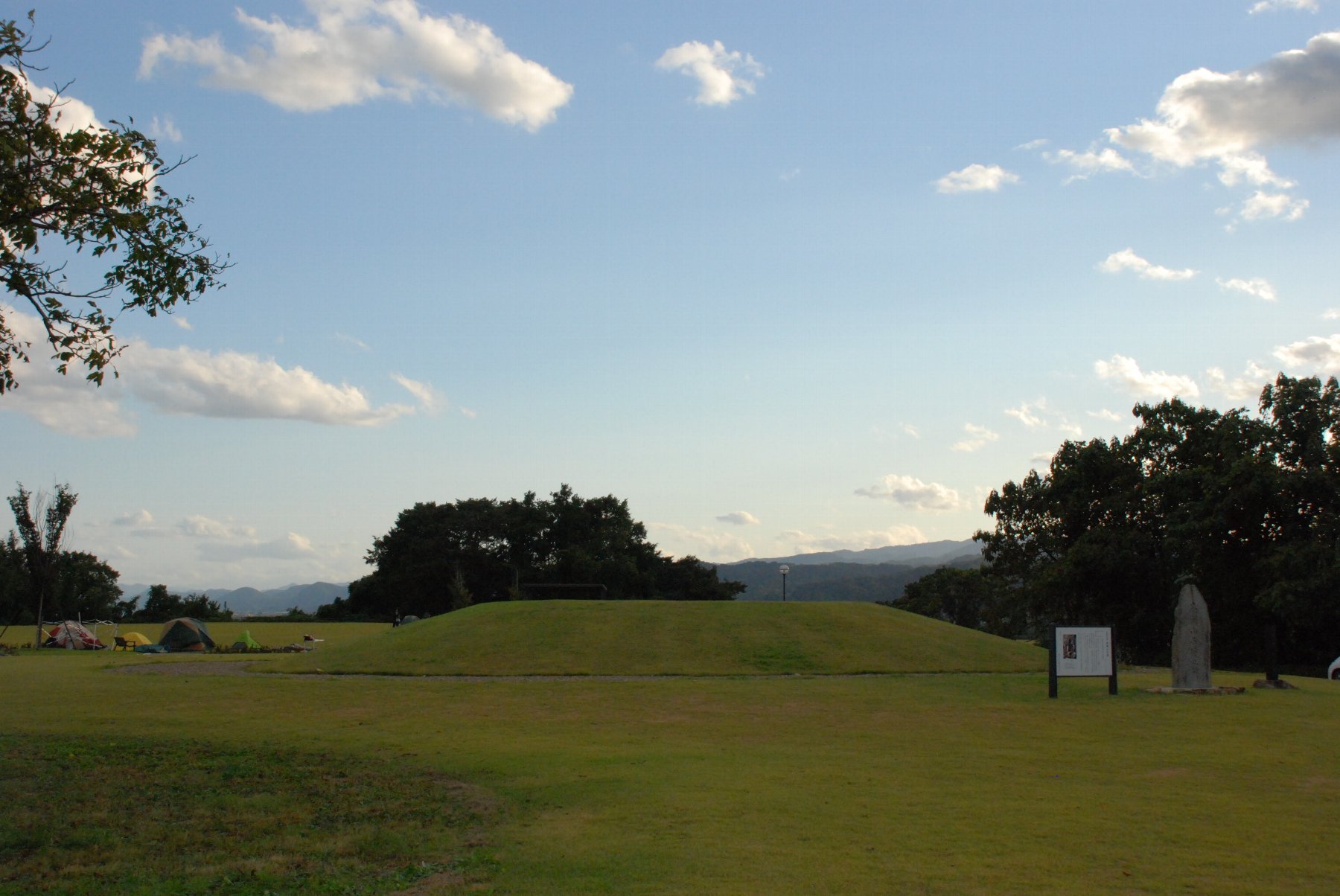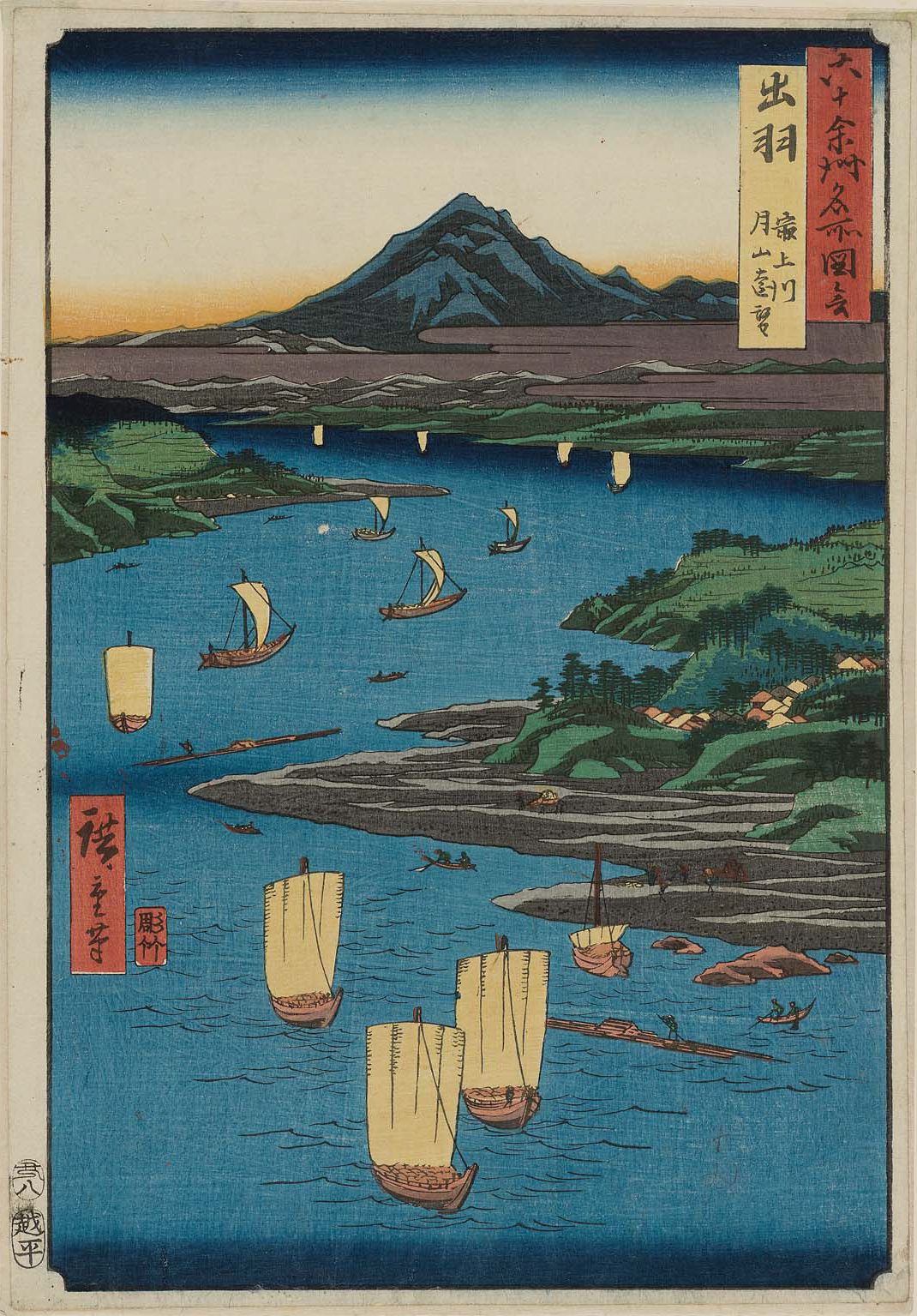|
Abumiya
The is an Edo period '' Machiya'' (merchant-class residence) located in the city of Sakata, Yamagata in the Tōhoku region of northern Japan. The site was designated a National Historic Site of Japan in 1984. Overview The Abumiya residence is a surviving example of a typical large townhouse with an attached warehouse, many of which once existed in Edo-period Sakata. The Abumiya was owned by the Tawariya, one of the 36 chartered merchant families in Sakata who controlled the ''kitamaebune'' trade with Osaka and western Japan via the Sea of Japan and Seto Inland Sea, and who were active in the civic life of the city. The building is a wooden structure with a Japanese cypress shingle roof, and is a rare survivor of a type of building which was once common in many Japanese cities. The building was the setting for Ihara Saikaku's novel in 1688. The building was reconstructed in 1845, after a large fire destroyed most of Sakata, and was further restored from 1984. It was acquired by ... [...More Info...] [...Related Items...] OR: [Wikipedia] [Google] [Baidu] |
List Of Historic Sites Of Japan (Yamagata)
This list is of the Monuments of Japan, Historic Sites of Japan located within the Prefectures of Japan, Prefecture of Yamagata Prefecture, Yamagata. National Historic Sites As of 1 December 2022, thirty-one Sites have been Cultural Properties of Japan, designated as being of national Values (heritage), significance, including the Dewa Sendai Kaidō Nakayamagoe Pass, which spans the prefectural borders with Miyagi Prefecture, Miyagi, and Mount Chōkai, which spans the prefectural borders with Akita Prefecture, Akita. , align="center", Former Higashitagawa District, Yamagata, Higashitagawa Former Higashitagawa District Office and Assembly Building, District Office and Assembly Building''kyū-Higashitagawa gunyakusho oyobi gunkaigi jidō'' , , Tsuruoka , , , , , , , , , , - Prefectural Historic Sites As of 1 May 2022, thirty-two Sites have been designated as being of prefectural importance. Municipal Historic Sites As of 1 May 2022 a ... [...More Info...] [...Related Items...] OR: [Wikipedia] [Google] [Baidu] |
Sakata, Yamagata
is a city located in Yamagata Prefecture, Japan. , the city had an estimated population of 106,244 in 39,320 households, and a population density of 180 people per km2. The total area of the city is . History The area of present-day Sakata was the location of the provincial capital of ancient Dewa Province, although the precise location has yet to be discovered by archaeologists. A port at the mouth of the Mogami River is known to have existed since the Kamakura period. Although silting rendered it less important in the Muromachi period, the area developed as a major center for the coastal trade during the Edo period. By the early Meiji period, the Honma clan, a local merchant clan, dominated trade and emerged as the largest landholder in Japan. Traces of their powerful influence on Sakata City can still be seen across the city. This includes the Honma Museum and The Honma Gardens located in the downtown area. With the establishment of the modern municipalities system after th ... [...More Info...] [...Related Items...] OR: [Wikipedia] [Google] [Baidu] |
Machiya
are traditional wooden townhouses found throughout Japan and typified in the historical capital of Kyoto. (townhouses) and (farm dwellings) constitute the two categories of Japanese vernacular architecture known as (folk dwellings). originated as early as the Heian period and continued to develop through to the Edo period and even into the Meiji period. housed urban merchants and artisan, craftsmen, a class collectively referred to as (townspeople). The word is written using two kanji: meaning "town", and meaning "house" () or "shop" () depending on the kanji used to express it. in Kyoto, sometimes called , formed the defining characteristic of downtown Kyoto architecture for centuries,Kyoto Center for Community Collaboration (京都市景観・まちづくりセンター)(eds.) ''Machiya Revival in Kyoto'' (京町家の再生). Kyoto: Kyoto Center for Community Collaboration, 2008. p10. representing the standard defining form of the throughout the country. Th ... [...More Info...] [...Related Items...] OR: [Wikipedia] [Google] [Baidu] |
Houses In Japan
A house is a single-unit residential building. It may range in complexity from a rudimentary hut to a complex structure of wood, masonry, concrete or other material, outfitted with plumbing, electrical, and heating, ventilation, and air conditioning systems.Schoenauer, Norbert (2000). ''6,000 Years of Housing'' (rev. ed.) (New York: W.W. Norton & Company). Houses use a range of different roofing systems to keep precipitation such as rain from getting into the dwelling space. Houses may have doors or locks to secure the dwelling space and protect its inhabitants and contents from burglars or other trespassers. Most conventional modern houses in Western cultures will contain one or more bedrooms and bathrooms, a kitchen or cooking area, and a living room. A house may have a separate dining room, or the eating area may be integrated into another room. Some large houses in North America have a recreation room. In traditional agriculture-oriented societies, domestic animals such as c ... [...More Info...] [...Related Items...] OR: [Wikipedia] [Google] [Baidu] |
Historic Sites Of Japan
is a collective term used by the Japanese government's Law for the Protection of Cultural Properties to denote Cultural Properties of JapanIn this article, capitals indicate an official designation as opposed to a simple definition, e.g "Cultural Properties" as opposed to "cultural properties". as historic locations such as shell mounds, ancient tombs, sites of palaces, sites of forts or castles, monumental dwelling houses and other sites of high historical or scientific value; gardens, bridges, gorges, mountains, and other places of great scenic beauty; and natural features such as animals, plants, and geological or mineral formations of high scientific value. Designated monuments of Japan The government ''designates'' (as opposed to '' registers'') "significant" items of this kind as Cultural Properties (文化財 ''bunkazai'') and classifies them in one of three categories: * * , * . Items of particularly high significance may receive a higher classification as: * * * ... [...More Info...] [...Related Items...] OR: [Wikipedia] [Google] [Baidu] |
Dewa Province
was a province of Japan comprising modern-day Yamagata Prefecture and Akita Prefecture, except for the city of Kazuno and the town of Kosaka. Dewa bordered on Mutsu and Echigō Provinces. Its abbreviated form name was . History Early period Prior to the Asuka period, Dewa was inhabited by Ainu or Emishi tribes, and was effectively outside of the control of the Yamato dynasty. Abe no Hirafu conquered the native Emishi tribes at what are now the cities of Akita and Noshiro in 658 and established a fort on the Mogami River. In 708 AD was created within Echigō Province. The area of Dewa District was roughly that of the modern Shōnai area of Yamagata Prefecture, and was gradually extended to the north as the Japanese pushed back the indigenous people of northern Honshū. Dewa District was promoted to the status of a province () in 712 AD, and gained Okitama and Mogami Districts, formerly part of Mutsu Province. A number of military expeditions were sent to the area, with ar ... [...More Info...] [...Related Items...] OR: [Wikipedia] [Google] [Baidu] |
History Of Yamagata Prefecture
History (derived ) is the systematic study and the documentation of the human activity. The time period of event before the invention of writing systems is considered prehistory. "History" is an umbrella term comprising past events as well as the memory, discovery, collection, organization, presentation, and interpretation of these events. Historians seek knowledge of the past using historical sources such as written documents, oral accounts, art and material artifacts, and ecological markers. History is not complete and still has debatable mysteries. History is also an academic discipline which uses narrative to describe, examine, question, and analyze past events, and investigate their patterns of cause and effect. Historians often debate which narrative best explains an event, as well as the significance of different causes and effects. Historians also debate the nature of history as an end in itself, as well as its usefulness to give perspective on the problems of the p ... [...More Info...] [...Related Items...] OR: [Wikipedia] [Google] [Baidu] |


.jpg)



.jpg)